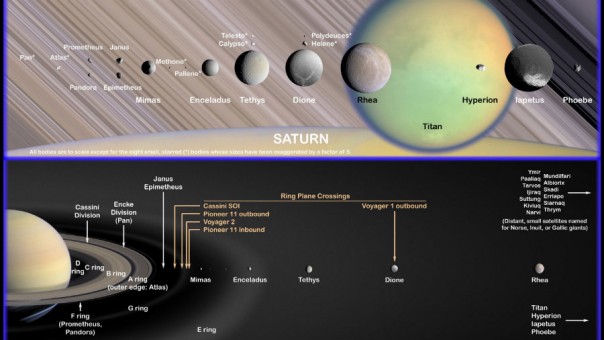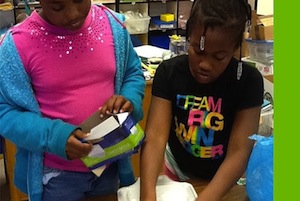STEM Teachers: Finding and Supporting Them
A MiddleWeb Blog
 Your school wants to offer STEM classes to its students. Enter the science teacher, who is generally tapped because she or he is familiar with (and uses) inquiry based instruction and a hands-on approach to learning.
Your school wants to offer STEM classes to its students. Enter the science teacher, who is generally tapped because she or he is familiar with (and uses) inquiry based instruction and a hands-on approach to learning.
In an improved scenario, all science teachers are tapped. And in a best-case scenario, both science and math teachers are tapped to provide their students with STEM experiences.
What qualifies these teachers to be STEM teachers? What do they need to know and learn? And what kind of professional learning can ensure that they are successful STEM teachers? Let’s think about that . . .
Proficiency in science and math
By now you are probably familiar with a volume of research that concludes that teacher quality is the most important determiner of student learning. Obviously, STEM teachers need to have a high degree of proficiency in science and math. (Subject matter knowledge is a primary factor in teaching quality.) If that’s not the case, then some serious professional learning is in order.
Effective teacher prep programs can clearly help with subject matter knowledge for new teachers. The amount of time those teachers spend studying science and math in college will make a difference in quality of their STEM teaching. (See this NSF-funded STEM Smart newsletter for more information about that.)
More likely, however, you need to think about your practicing teachers. Chances are that they need knowledge upgrades in their subject areas, given the rapid pace of knowledge growth in our society. I remember teaching at the beginning of a school year that Saturn had 16 moons. By the end of the year Saturn had 23 moons. As of this moment, Saturn has over 60 moons.
While our objective is not to teach isolated facts, it helps to keep abreast of the correct facts! Expertise and understanding in the subject areas – science and math – must be a #1 priority in preparing teachers to teach STEM.
To this, add specific knowledge about technology. Knowing how to help students learn in the ways that are natural and make sense to them – through online research, games, and apps – makes STEM projects feel more current to students and heightens their interest and engagement. Today’s STEM teachers need to be technology savvy and to involve technology teachers in their school as fellow STEM players.
Inquiry-based pedagogy
How your teachers teach STEM is critical. STEM requires an inquiry style of teaching, along with a teacher role that may be new to some – the teacher as facilitator and coach. Kids work in teams, and teachers need to know how to make those teams productive. The STEM teacher doesn’t tell kids answers. 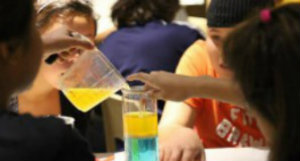
And there’s more than one right answer – engineering problems have multiple correct solutions. It’s also okay to “fail” to find a correct solution – as long as the team researches and redesigns.
This way of teaching is not second nature to many math and science teachers. The best way to develop a successful STEM program is to help knowledgeable teachers develop sound STEM pedagogy. What are some options for how that can happen?
A supportive learning community of colleagues
In an NSTA Reports article by Debra Shapiro, Florida State associate professor Laura Lang describes the university’s approach to STEM teacher development:
“While we conduct initial or introductory training, [such as] summer institutes [and] conferences, related to STEM topics, most of our [PD] includes follow-up with ongoing, job-embedded professional learning focused on improving the quality of work offered to students, (e.g., lesson study, communities of instructional practice) related to STEM content knowledge, pedagogy, formative assessment, and other teaching tools.”
Teachers working alone seldom make major changes in their teaching practices. 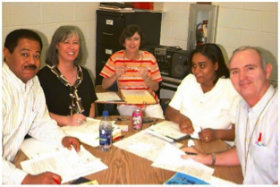
I’ve worked with professional learning teams in numerous schools and have learned first-hand that this type of teamwork is not second nature to teachers. If you need some step-by-step instructions for establishing and sustaining productive learning communities, consider reading my book Team to Teach from Learning Forward. In any case, be sure your teachers have the collaborative support they need to change the way they teach.
Online learning and support
Online studies (including distance learning) are a good way for teachers to acquire knowledge and skill in teaching STEM – especially if they work together to do this. For example, PBS offers free STEM online professional development, along with STEM resources. Individualized feedback and regular coaching makes the learning really stick. Research shows that when teachers get these experiences, 90 to 95 percent of them use the new teaching skills with their students.
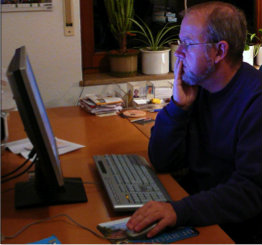
You can find places to connect with virtual colleagues in most subject matter organizations. Science teachers can connect through the NSTA Learning Center. The Center for Teaching Quality has a 7,000 member community with various topics of discussion, including STEM. And don’t forget to explore Twitter hashtag groups like #stemchat, #scichat, #mathchat and the often intriguing #makermovement where resources and links to idea-rich blogs and online activities are often shared.
School-based support
STEM teachers will need ongoing support as they begin to implement this new curricula. The Center for Public Education tells us that while teachers are initially trying a new teaching strategy such as STEM, many are certain to meet with failure at various points along the way.
Targeted professional learning can help. For instance, the Rock Hill school district near Charlotte NC has recently created a coaching position that allows a master STEM educator to work with teachers in several elementary and middle schools. This kind of just-in-time support is becoming more prevalent as school systems (and funding agencies) increase their focus on STEM.
Mastering STEM teaching will come as a result of continuous practice despite awkward performance and frustration in the early stages. Without school support and encouragement during this phase, teachers will mostly likely not continue with newly learned teaching strategies.
Whatever you do, do NOT simply tell a teacher that he or she is now going to “teach STEM” and leave that teacher to struggle along with what that means and how to do it. Provide ample professional learning and ongoing support. This is a valuable initiative that’s worth doing right.

